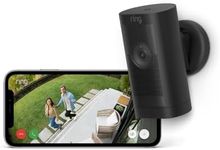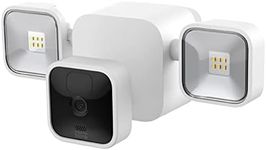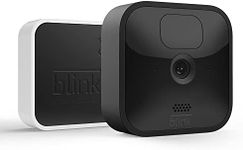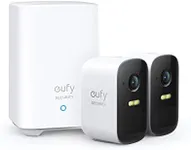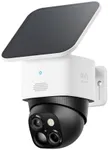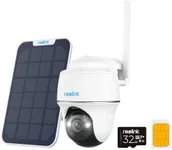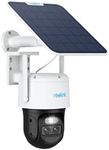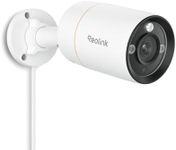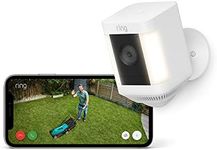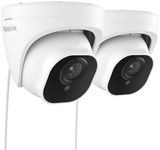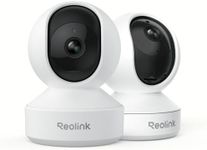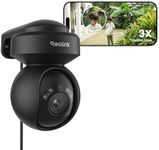Buying Guide for the Best Wireless Security Cameras
When choosing a wireless security camera, it's important to consider the specific needs of your home or business. Think about where you want to place the camera, what you want to monitor, and how you plan to access the footage. Wireless security cameras offer flexibility in placement and ease of installation, but you need to ensure they meet your security requirements. Consider factors like video quality, storage options, and connectivity to ensure you select a camera that provides reliable and clear surveillance.ResolutionResolution refers to the clarity of the video captured by the camera. Higher resolution means clearer and more detailed images, which is crucial for identifying faces or license plates. Common resolutions include 720p, 1080p, and 4K. If you need to cover a large area or require detailed footage, opt for 1080p or higher. For general monitoring, 720p may suffice. Consider your specific needs for detail and clarity when choosing the resolution.
Field of ViewThe field of view (FOV) is the extent of the observable area the camera can capture. A wider FOV means the camera can cover more area, which is useful for monitoring large spaces. FOV is measured in degrees, with typical ranges from 90 to 180 degrees. Choose a wider FOV if you need to cover a broad area, but remember that very wide angles might distort the image. For focused monitoring, a narrower FOV might be more appropriate.
Night VisionNight vision allows the camera to capture footage in low-light or dark conditions. This is essential for 24/7 surveillance, especially in areas with little to no lighting. Night vision capabilities are often measured by the distance they can cover, such as 30 feet or 100 feet. Consider the lighting conditions of the area you want to monitor at night and choose a camera with night vision that can cover that distance effectively.
ConnectivityConnectivity refers to how the camera connects to your network and devices. Most wireless cameras use Wi-Fi, but some may offer Bluetooth or other wireless technologies. Reliable connectivity is crucial for real-time monitoring and alerts. Ensure your camera is compatible with your home network and has a strong signal in the area you plan to install it. If your Wi-Fi signal is weak, consider a camera with dual-band Wi-Fi or a range extender.
Storage OptionsStorage options determine how and where your footage is saved. Cameras may offer local storage via SD cards or cloud storage services. Local storage is limited by the card's capacity, while cloud storage often requires a subscription but offers more space and accessibility. Decide based on how much footage you need to store and how you want to access it. For long-term storage and easy access, cloud storage might be preferable.
Power SourceThe power source of a wireless security camera can be battery-operated or plugged into an electrical outlet. Battery-powered cameras offer more flexibility in placement but require regular recharging or battery replacement. Plug-in cameras provide continuous power but need to be near an outlet. Consider the location and accessibility of power sources when choosing between these options. If you need to place the camera in a hard-to-reach area, a battery-powered option might be more suitable.
Motion DetectionMotion detection is a feature that triggers recording or alerts when movement is detected. This is important for capturing relevant events and saving storage space. Some cameras offer adjustable sensitivity or zones to focus on specific areas. If you want to minimize false alerts, look for cameras with advanced motion detection features. Consider how sensitive you need the detection to be based on the environment and what you want to monitor.
